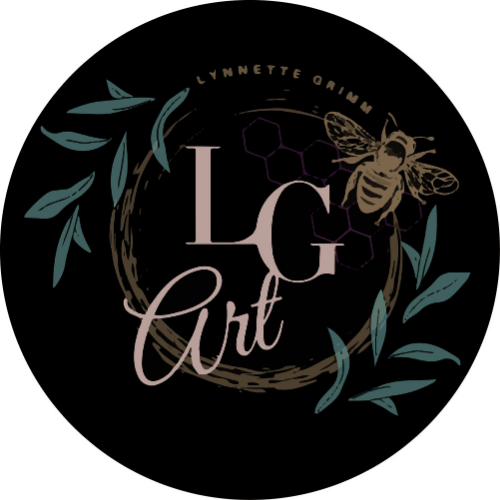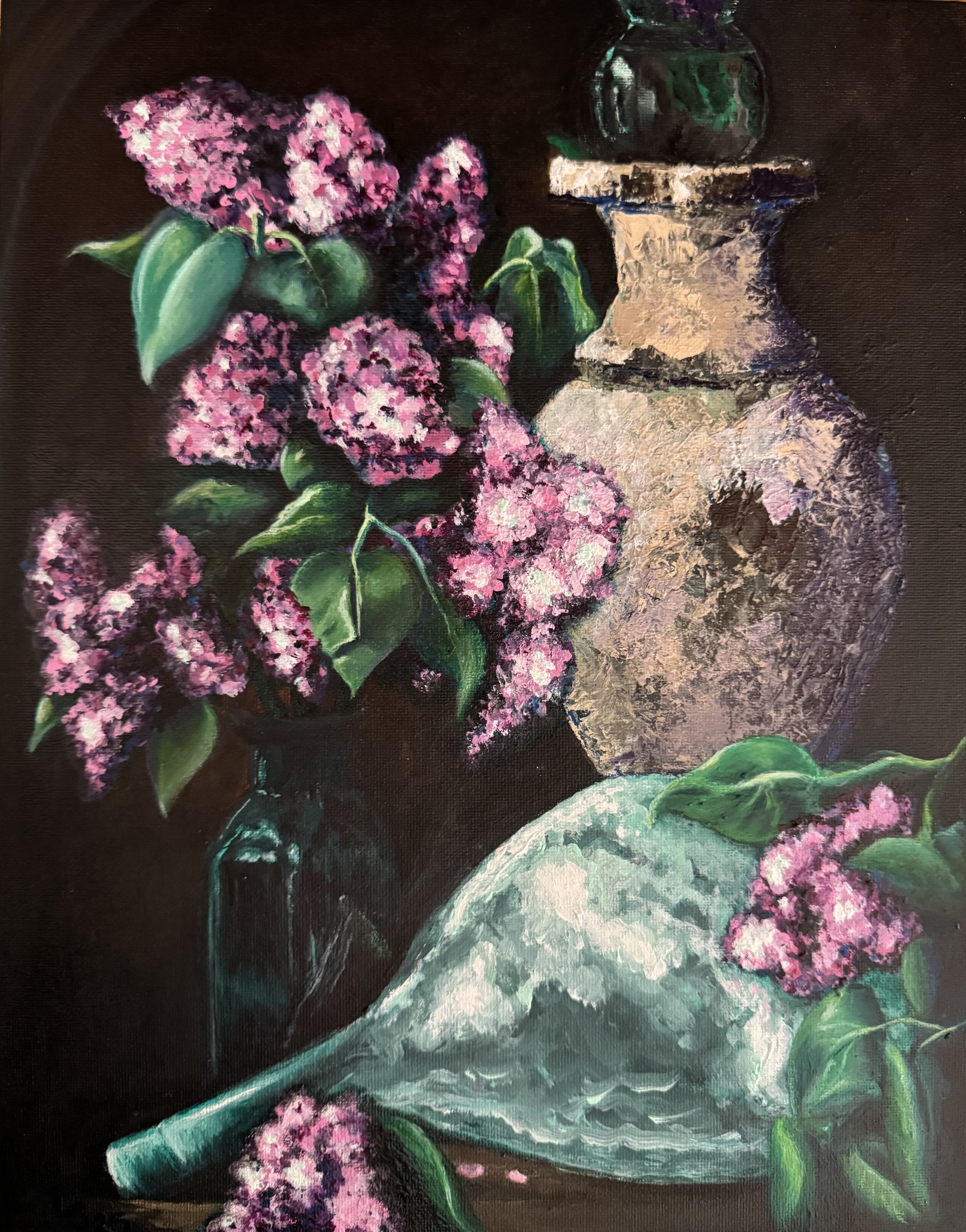Lynnette Grimm Art
Finding Beauty in Decay
My artistic journey has been one of transformation, both in subject and intent. I began with abstraction, using color, movement, and texture as a raw expression of emotion—a visual language for navigating personal upheaval and uncertainty. Those early works were intuitive and visceral, capturing the chaos and intensity of a tumultuous time. They were a reflection of feeling rather than form, a means of processing rather than defining.
Over time, my focus sharpened, shifting toward still life and figurative work that carries a deliberate message of resistance. What was once an emotional release has evolved into a visual protest—one that challenges the patriarchy, reclaims bodily autonomy, and asserts the right to exist without constraint. My paintings now explore the beauty in decay, the resilience of the overlooked, and the tension between fragility and strength. Through layers of paint and careful detail, I seek to disrupt traditional narratives of beauty and power, creating work that not only invites reflection but demands recognition.
Featured Works:
A Study in Transformation and Stillness
This trio of paintings forms a visual essay on the evolution of femininity—its quiet strength, radiant defiance, and enduring beauty in the face of transformation and decay.
The Quiet Persistence of Femme begins the story in a space of stillness. Lilacs bloom stubbornly from aged vessels and salvaged glass, their vibrant hues glowing against a dark backdrop. Here, femininity is soft but unyielding—rooted in the domestic and overlooked, yet refusing to disappear. This piece honors the gentle, steadfast presence of femme identity and its refusal to be diminished.
The narrative then swells in The Flourishing Reign of Femme, where that same femininity steps into its power. A composition rich in chiaroscuro and opulence, this painting reclaims adornment and domesticity as acts of resistance. Cracked surfaces shimmer, wine glasses catch the light—each element asserting that beauty is not frivolous, but sovereign. This is the declaration, the coronation, the moment of full bloom.
Finally, in The Fruits of Our Labors, we are reminded of what follows all flourishing: transformation. Ripe fruit sits beside curling peels, vivid and fading in the same breath. The composition meditates on impermanence—how even decay carries beauty, how labor leaves behind both nourishment and residue. It’s a soft closing note, full of complexity and truth.
Together, these works speak to the lifecycle of femme experience—persistent, flourishing, and evolving. A quiet revolution. A radiant reign. A legacy that lingers.









